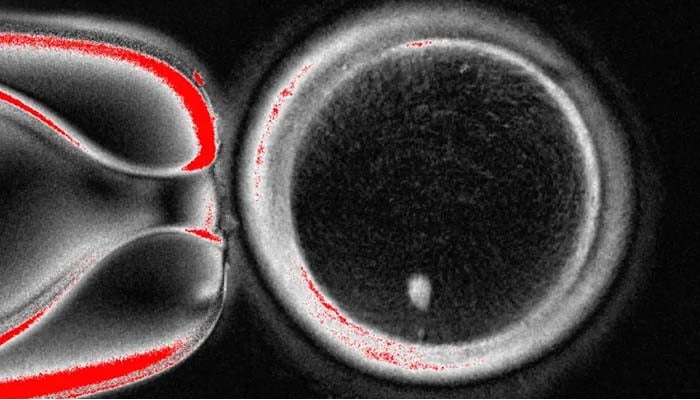
In a significant step foward, Oregon scientists have created lab-grown eggs using human skin cells; however, the process faces significant challenges before it could be used to assist individuals in having children.
According to a recent study, published September 30 in the journal Nature Communications, researchers at Oregon Health & Science University (OHSU) replaced the nucleus of a human egg with one from a skin cell, aiming to create a fertilisable egg.
The resulting cells had chromosome abnormalities, meaning that scientists failed to develop healthy embryos.
Scientists at Oregon Health & Science University (OHSU) have reported progressive update in creating eggs similar to cells from human skin cells, with a few remaining challenges.
In the experiment, researchers replaced the nucleus of an egg cell with one from a skin cell, with two sets of chromosomes rather than one.
To acknowledge this, scientists developed a process that forces the cell to shed the extra set before fertilisation with donated sperm.
Nearly 9% of the resulting embryos survived for six days, reaching the blastocyst stage, an early phase of development.
Senior study author Shoukhrat Mitalipov explained the work as an early “proof of concept,” warning that it may take a decade or more before human testing becomes possible.
The experiments received mixed reactions from other scientists. Columbia University’s Dietrich Egli expressed concern over chromosome issues, while another researcher of Northwestern Medicine’s Dr. Eve Feinberg said that it’s an “important step,” mentioning genetic fixes are essential.












